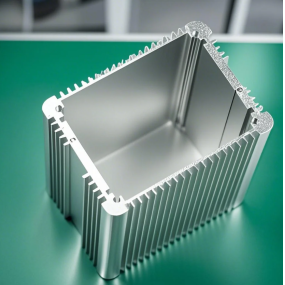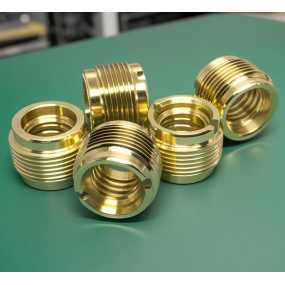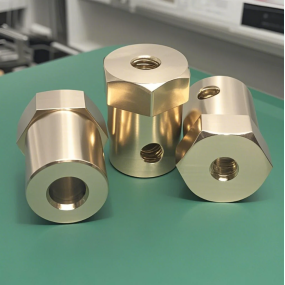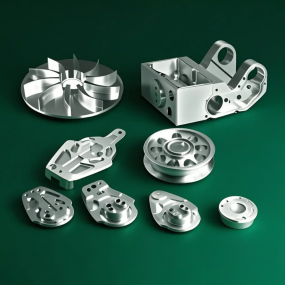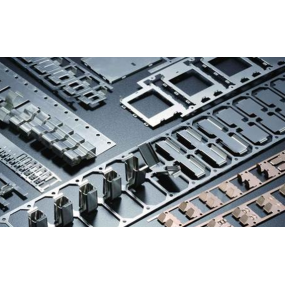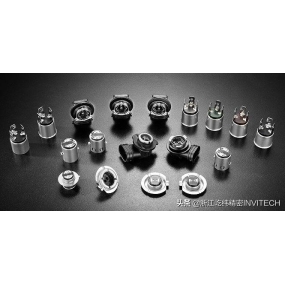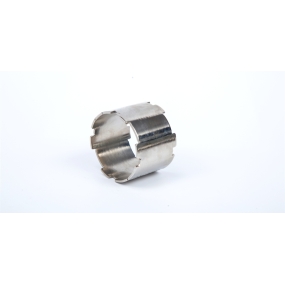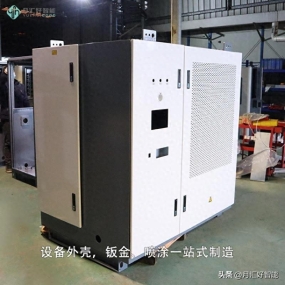Do you know the process flow of rack processing?
The process flow of rack machining refers to the steps of manufacturing and processing workpieces or parts. During the operation, mechanical processing methods can be used to directly change the shape, size, and surface quality of the blank, making it a machining process for the part. Regarding the processing procedure. For example, the machining of ordinary parts involves rough machining, precision machining, assembly, inspection, and packaging, which is a general machining process. Large scale automatic welding is the process of achieving atomic bonding of the material of the workpiece through heating, pressure, or a combination of both, with or without filler materials. Performing corresponding heat treatment processes on workpieces is beneficial for improving their hardness, wear resistance, and strength, greatly enhancing their accuracy and service life.
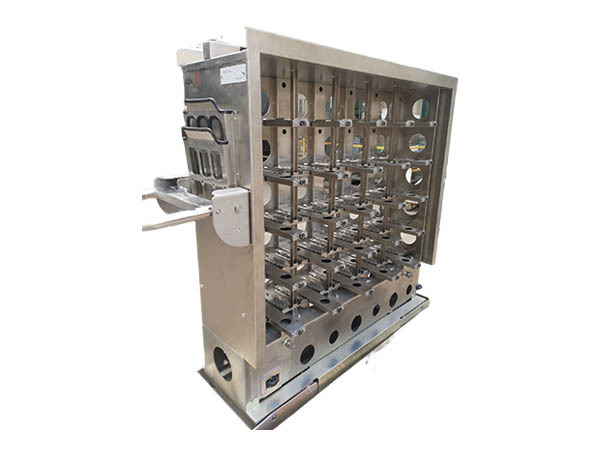
The main content of frame welding processing is to change the shape, size, relative position, and properties of the production management objects of the enterprise, so that they can become finished or semi-finished products. It is a detailed description of each step and process. For example, the rough machining mentioned above may include blank manufacturing, grinding, etc. Precision machining may be divided into lathes, fitters, milling machines, etc. Each step requires detailed data, such as how much roughness should be achieved and how much tolerance should be achieved.
In the welding process of large shelves, the technical personnel will determine the adopted process flow based on the quantity of products, equipment conditions, and the quality of workers, and write the relevant content into the process documents, called process regulations, which are more targeted. Each factory may be different because the actual situation varies.
Rack processing
Sheet metal parts are thin metal components that can be processed externally through CNC punching, bending, stretching, and other processes. It can generally be defined as a part with constant thickness during the manufacturing process. Therefore, castings, forgings, mechanical parts, etc. The process of Sheet Metal Processing is called sheet metal processing. For example, using some boards to make a chimney, iron drum, oil tank and oil tank, ventilation pipe, elbow and head, circular area, funnel, etc. The main processes include cutting, bending, bending, bending, welding, riveting, etc. Some geometric knowledge. Sheet metal parts are thin metal parts that can be processed simultaneously through stamping, bending, stretching, and other methods. Machine frame processing of workpieces, for example, the outer iron shell of a car is a sheet metal part, and some stainless steel kitchen utensils are also sheet metal parts. The frame processing factory believes that sheet metal processing is usually the three important steps of Dongguan sheet metal processing, namely cutting, punching/cutting, and folding. The characteristics of excellent Dongguan sheet metal processing: 1. The flatness of inferior sheet metal parts needs to be greatly adjusted; 2. The gap between the original sheet metal parts and the original vehicle is only 0.3mm; 3. 4. Holes in inferior sheet metal parts. Excellent sheet metal parts require mechanized production, with smooth welding points and no burrs on the edges; 5. Excellent sheet metal parts require a high level of attention to the baking paint process, requiring uniform weight, strong adhesion, and good waterproof and antioxidant properties.


 Spanish
Spanish Arabic
Arabic French
French Portuguese
Portuguese Belarusian
Belarusian Japanese
Japanese Russian
Russian Malay
Malay Icelandic
Icelandic Bulgarian
Bulgarian Azerbaijani
Azerbaijani Estonian
Estonian Irish
Irish Polish
Polish Persian
Persian Boolean
Boolean Danish
Danish German
German Filipino
Filipino Finnish
Finnish Korean
Korean Dutch
Dutch Galician
Galician Catalan
Catalan Czech
Czech Croatian
Croatian Latin
Latin Latvian
Latvian Romanian
Romanian Maltese
Maltese Macedonian
Macedonian Norwegian
Norwegian Swedish
Swedish Serbian
Serbian Slovak
Slovak Slovenian
Slovenian Swahili
Swahili Thai
Thai Turkish
Turkish Welsh
Welsh Urdu
Urdu Ukrainian
Ukrainian Greek
Greek Hungarian
Hungarian Italian
Italian Yiddish
Yiddish Indonesian
Indonesian Vietnamese
Vietnamese Haitian Creole
Haitian Creole Spanish Basque
Spanish Basque

